Tech Digest
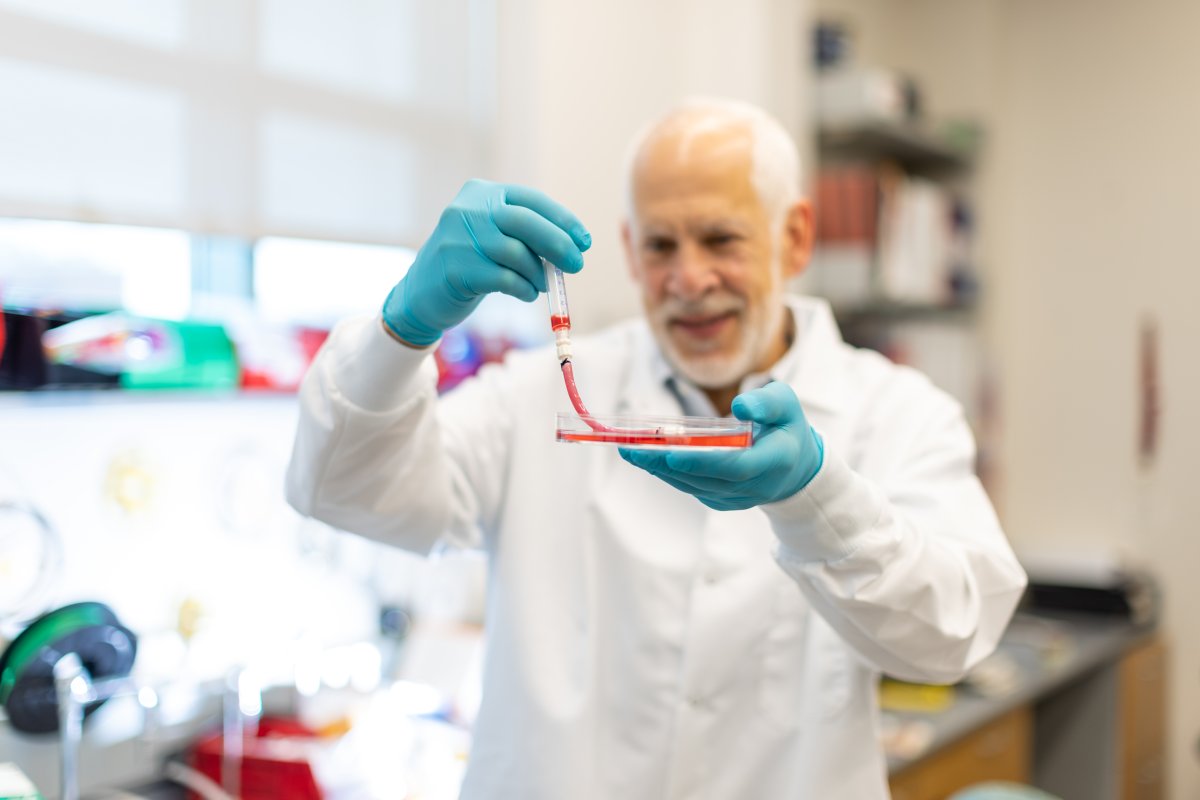
One and done
$3.7M funds lab-created pediatric heart vessels
One of the greatest challenges in engineering artificial blood vessels for children with heart defects is creating a device that will grow with its owner. With a grant from the U.S. Department of Defense (DOD), a UMN team led by biomedical engineering professor Robert Tranquillo is on its way to solving this problem. The researchers’ implantable heart vessels that grow with the recipient will undergo clinical trials that could begin as soon as next year. If successful, these new devices would prevent the need for repeated surgeries in children with congenital heart defects.
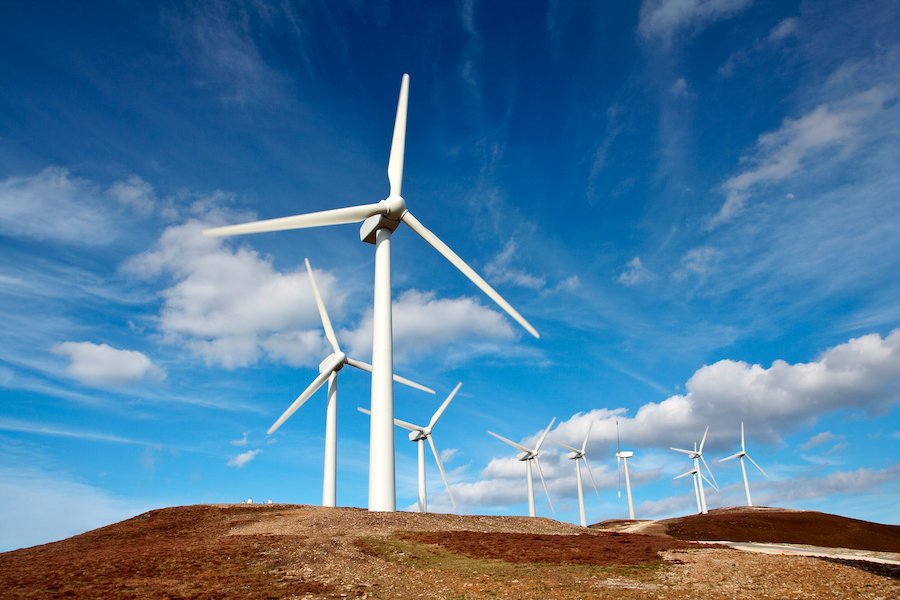
$22M to fight climate change
UMN leads two new DOE centers
Renewable energy and carbon dioxide storage are two issues at the heart of the world’s climate crisis—and scientists and engineers in CSE are at the forefront of both. This year, the University received $22 million from the Department of Energy to fund two new Energy Frontier Research Centers that will develop promising technologies in mineral carbon storage and sustainable energy catalysis. The UMN is one of only six institutions nationwide to be awarded two of these in one year as part of the U.S. government’s goal to achieve net zero emissions by 2050.
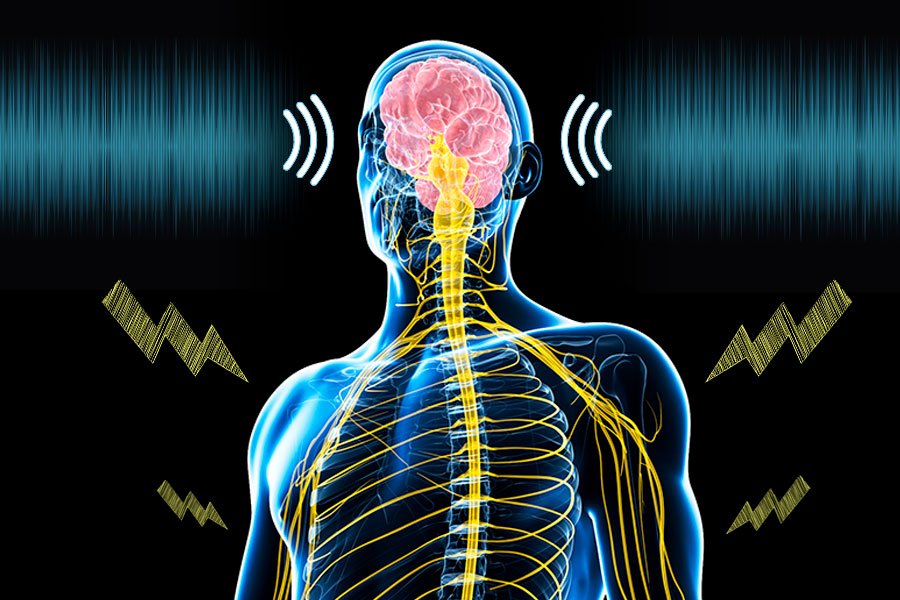
A new technique to relieve chronic pain
Sound plus electrical stimulation could treat chronic pain
According to the Centers for Disease Control and Prevention, one in every five Americans suffers from chronic pain, and doctors have struggled for years to find non-invasive ways to help their patients manage it. Researchers in CSE’s Department of Biomedical Engineering, led by professor Hubert Lim, have discovered a new method combining two simple things—electrical stimulation and sound. Lim and his team are planning clinical trials of the treatment in the near future, and hope that this technique will provide a safer, more accessible alternative for managing chronic pain.

A big head and tiny little arms
New dino reveals why T. Rex had small arms
Let’s face it—we’ve all wondered why history’s quintessential apex predator had such minuscule arms compared to the rest of its body. Now, a team co-led by professor and resident “dino expert” Peter Makovicky has discovered a new huge, meat-eating therapod that may hold the answer. With this new specimen unearthed, the researchers found that large, mega-predatory dinosaurs in all three families of therapods evolved in similar ways. As their skulls grew, their arms shortened. Although there is still much debate in dino academia as to why this happened, Makovicky suggests that the arms may not have been important at all, and the skull was actually being optimized to handle larger prey.
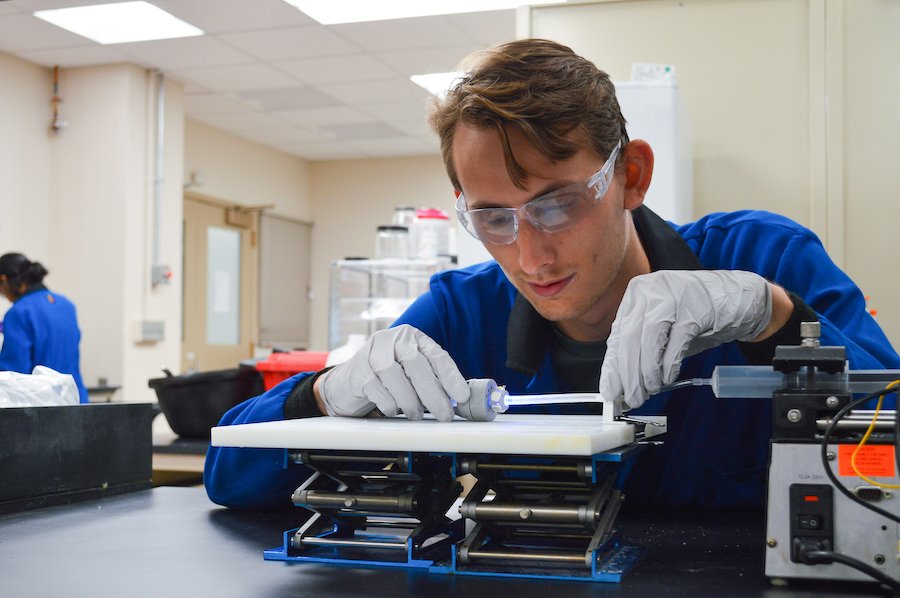
Building soft robots that grow like plants
Engineers discover nature-inspired process for synthetic material growth
Plants grow so efficiently that they’re sometimes able to crack the strongest concrete or weave through mazes underground without missing a beat. CSE researchers led by professor Chris Ellison, the Zsolt Rumy Innovation Chair in the UMN Department of Chemical Engineering and Materials Science, took this idea and translated it to an engineering system— soft, pliable robots that grow as they move. Because the UMN researchers’ robot grows by turning liquid into solid, it can better navigate hard-to-reach places like underground pipes or even inside the human body.

New vaccine wins by a nose
Method of nasal delivery could lead to better HIV and COVID-19 vaccines
For the past two years, the phrase “shots in arms” has been all over news headlines. But what if we didn’t need to get a needle in the deltoid to protect ourselves from the COVID-19 virus? CSE assistant professor Brittany Hartwell is part of a team that has developed a new way to effectively deliver vaccines through mucosal tissues in the nose. While nasal vaccines have historically proved difficult to make, the researchers’ method generated even stronger immune responses in mice and primates than those seen with injected vaccines.

Introducing the first 3D-printed, flexible OLED
Research aims for lower-cost digital displays
In a groundbreaking new study, University of Minnesota mechanical engineers used a customized printer to, for the first time, fully 3D print a flexible organic light-emitting diode (OLED) display. The discovery could allow for lower cost electronic displays in the future that could be widely produced using 3D printers by anyone at home, instead of by technicians in expensive microfabrication facilities.
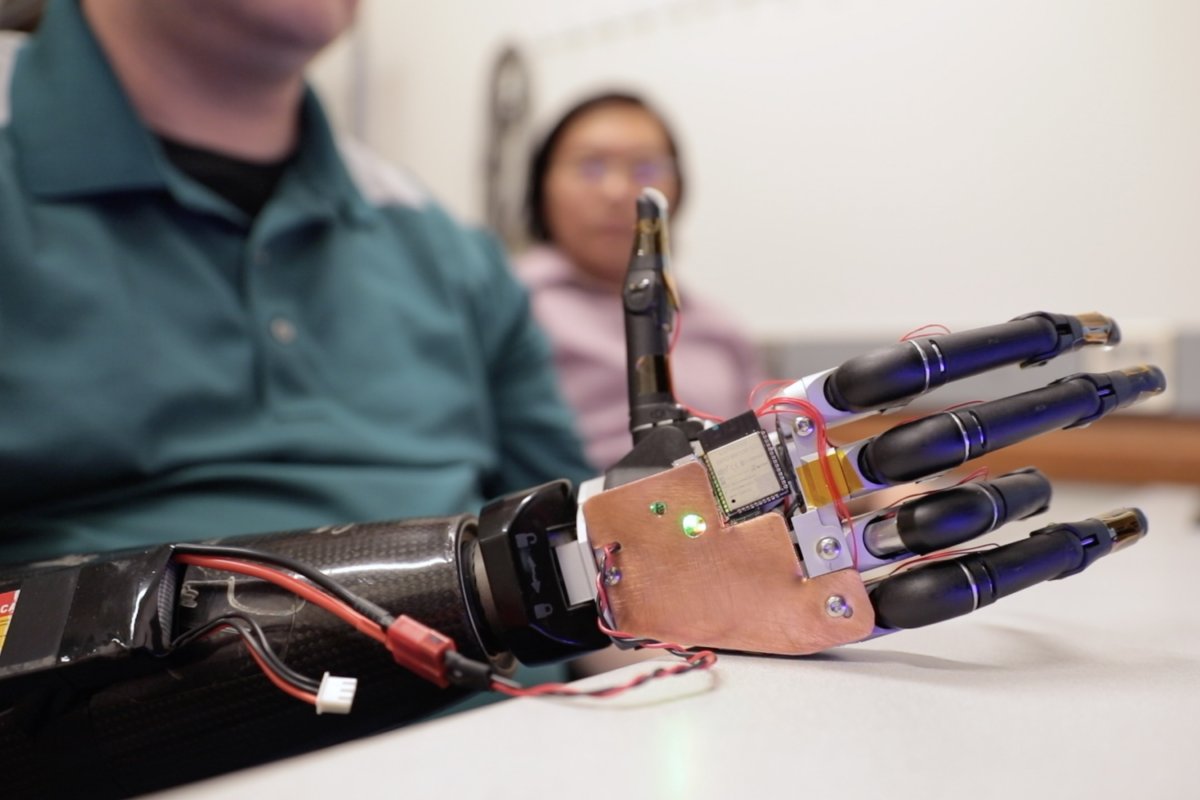
Making mind reading possible
Researchers build bionic arm controlled by brain signals
For years, science fiction writers have dreamed up futures where humans have chips implanted in our brains that can read our thoughts. For CSE researchers, this future isn’t too far off—and it’s less invasive than that. A team of biomedical engineers, with the help of industry collaborators, has developed a device that attaches to the peripheral nerve in a person’s arm. When combined with an artificial intelligence computer and a robotic arm, the device can read and interpret brain signals, allowing upper limb amputees to control the arm using only their thoughts.
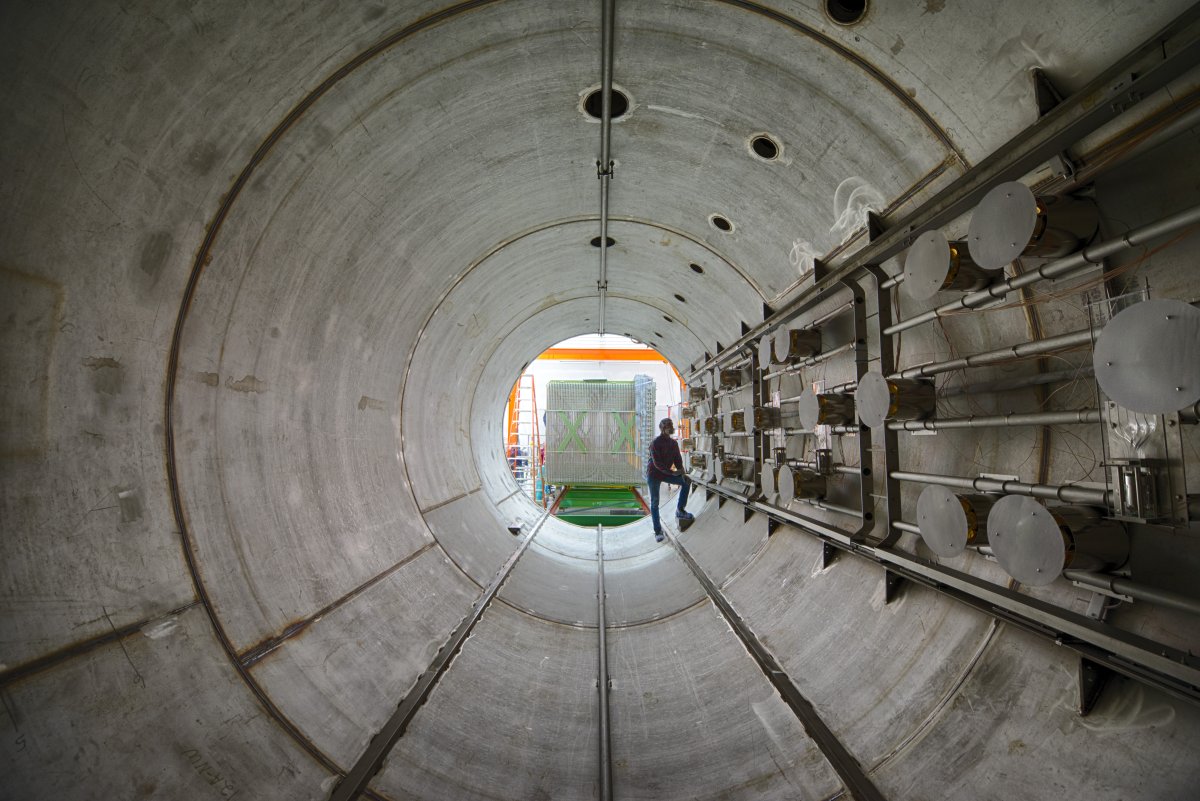
Bus-sized detector aims to capture subatomic particle
UMN part of collaboration to shed light on the Universe’s origin story
Scientists believe that a better understanding of neutrinos, one of the most abundant and difficult-to-study particles, may lead to a clearer picture of the origins of matter and the inner workings of the Universe. Physics and astronomy assistant professor Andrew Furmanski is part of an international team that has nearly ruled out a major theory about neutrinos using the MicroBooNE, a giant particle detector. With new data from the detector, the researchers are one step closer to learning more about how the Universe was created.
